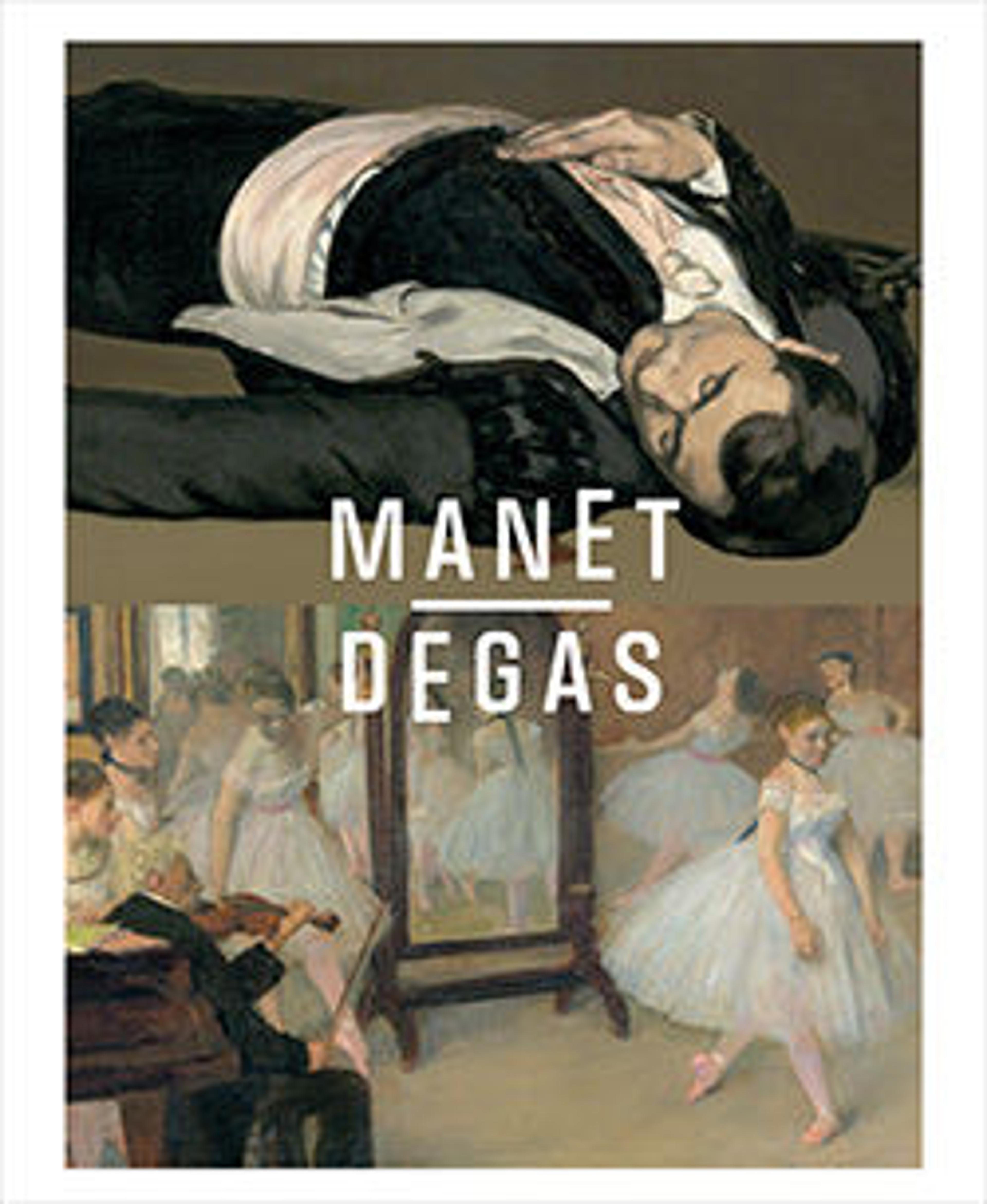Young Lady in 1866
Manet’s model, Victorine Meurent, had recently posed as the brazen nudes in Olympia and Luncheon on the Grass (both Musée d’Orsay, Paris). Here, appearing relatively demure, she flaunts an intimate silk dressing gown. Critics eyed the painting as a rejoinder to Courbet’s Woman with a Parrot (29.100.57) and as indicative of Manet’s "current vice" of failing to "value a head more than a slipper." Recent scholars have interpreted it as an allegory of the five senses: the nosegay (smell), the orange (taste), the parrot-confidant (hearing), and the man’s monocle she fingers (sight and touch).
Artwork Details
- Title:Young Lady in 1866
- Artist:Edouard Manet (French, Paris 1832–1883 Paris)
- Date:1866
- Medium:Oil on canvas
- Dimensions:72 7/8 x 50 5/8 in. (185.1 x 128.6 cm)
- Classification:Paintings
- Credit Line:Gift of Erwin Davis, 1889
- Object Number:89.21.3
- Curatorial Department: European Paintings
Audio
6146. Young Lady in 1866
0:00
0:00
We're sorry, the transcript for this audio track is not available at this time. Please email info@metmuseum.org to request a transcript for this track.
Listen to more about this artwork
More Artwork
Research Resources
The Met provides unparalleled resources for research and welcomes an international community of students and scholars. The Met's Open Access API is where creators and researchers can connect to the The Met collection. Open Access data and public domain images are available for unrestricted commercial and noncommercial use without permission or fee.
To request images under copyright and other restrictions, please use this Image Request form.
Feedback
We continue to research and examine historical and cultural context for objects in The Met collection. If you have comments or questions about this object record, please contact us using the form below. The Museum looks forward to receiving your comments.
